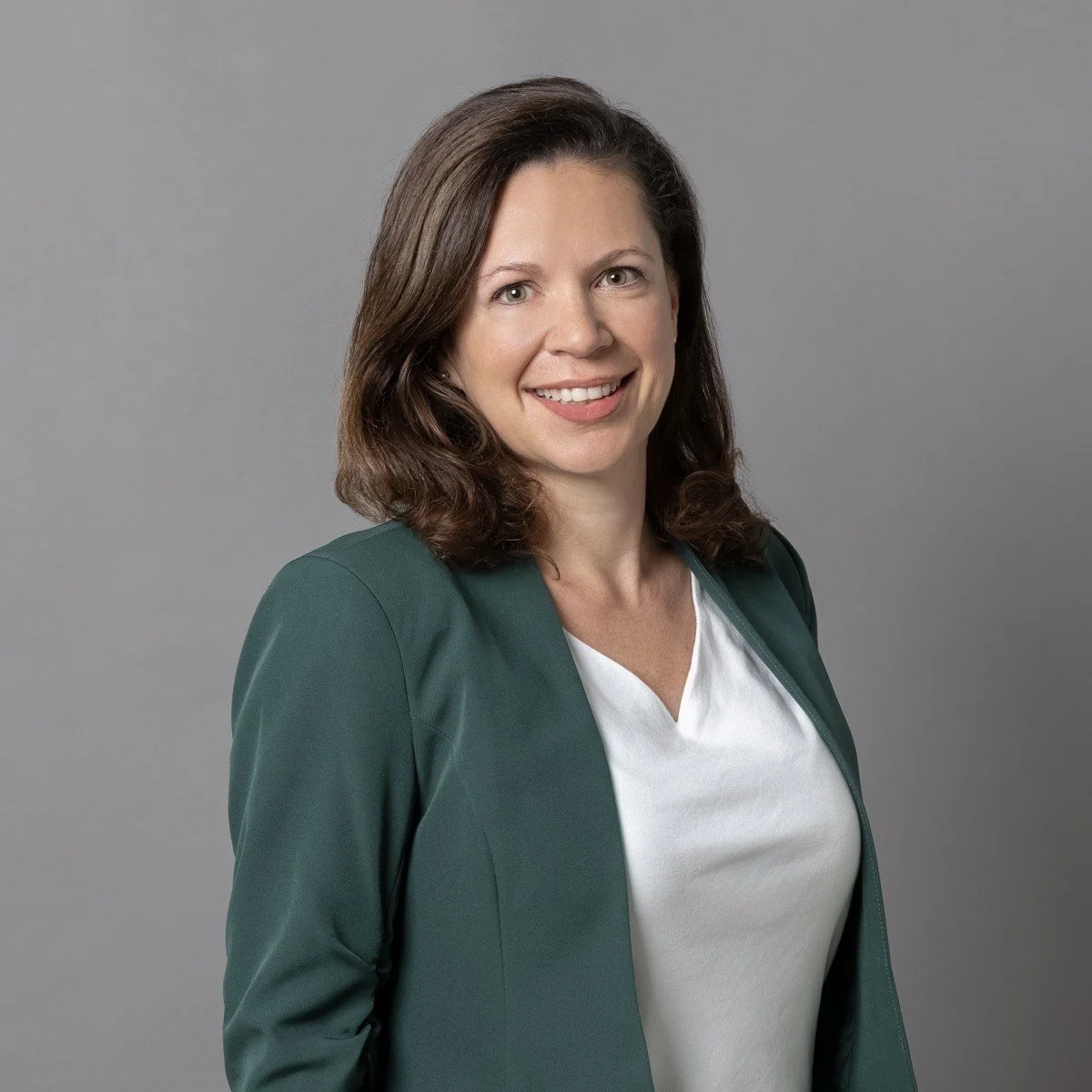Über uns
Wir machen Verpackung zukunftsfähig.
Mit Innovation, Präzision und Verantwortung entwickeln wir seit 1914 Lösungen, die Produkte schützen – und die Zukunft mitdenken. Für alle, die heute schon nachhaltig verpacken wollen.
Verpackung, die mehr bewirkt
Unsere Vision – klar und greifbar
Unsere Vision ist der Leitstern für unser Handeln. Sie beantwortet die zentralen Fragen: Warum wir tun, was wir tun. Wie wir Herausforderungen begegnen. Und was wir letztlich für unsere Kunden schaffen.
Warum: Wir gestalten die Zukunft nachhaltig
Wie: Wir begegnen Herausforderungen mit Innovationen
Was: Wir bieten Verpackungslösungen auf höchstem Niveau
Ein Team. Ein Kurs. Eine Mission.
Unsere Mission – Gemeinsam den Kurs setzen
Unsere Mission ist es, mit klarer Ausrichtung, starkem Teamgeist und echter Leidenschaft den Weg in eine erfolgreiche Zukunft zu gestalten. Dabei halten wir stets Kurs auf das, was uns und unsere Kunden weiterbringt: Effizienz, Nachhaltigkeit, Wertschöpfung und Innovation.
Den Nordstern im Blick: Effizient und nachhaltig
Die Mannschaft auf See: Ein Team - ein Spirit
Die Perle am Markt: Wertvoll und aussergewöhnlich
Den Wind in den Segeln: Innovativ und begeisternd
Werte, die Vertrauen schaffen - und Zukunft gestalten.
Unsere Werte – das, was uns ausmacht
Unsere Werte sind das Fundament unseres täglichen Handelns. Sie prägen unsere Zusammenarbeit im Team ebenso wie den Umgang mit unseren Kunden und Partnern. Sie sind der Massstab für das, was wir tun – und wie wir es tun.
Mitunternehmer: Wir handeln, als wäre es unser Eigen.
Leidenschaft: Unsere Leidenschaft, euer Mehrwert – gemeinsam zum Erfolg!
Zuverlässigkeit: Zuverlässigkeit schafft Vertrauen – wir halten, was wir versprechen.
Wir entwickeln und produzieren flexible Verpackungslösungen für Food, Pharma/Medizinal, Pet Food und Non-Food – mit höchsten Anforderungen an Funktion, Sicherheit und Nachhaltigkeit. Unsere mehr als 240 Mitarbeitenden gestalten mit, was später Millionen Produkte schützt.
Technologie trifft Haltung
Verantwortung und Nachhaltigkeit
Entwicklung und Produktion
unter einem Dach
Technologie & Präzision
Höchste technische Präzision und innovative Flexibilität
Partnerschaft & Co-Creation
Persönliche und lösungsorientierte Projektbetreuung
International ausgerichtet. In der Schweiz verankert.
Gemeinsam stark für Verpackung und Kommunikation
Seit über 110 Jahren ist Wipf ein Name für Verlässlichkeit. Was 1914 mit Papierverpackungen begann, ist heute ein führendes Unternehmen für flexible Verpackungslösungen in Europa.
Unsere Herkunft prägt unsere Haltung: Qualität, Innovation und Verantwortung sind für uns keine Floskeln, sondern gelebter Alltag – in der Entwicklung, der Produktion und im Miteinander.
Schweizer Präzision
Persönliche Verantwortung
Über Generationen hinweg
Tradition & Zukunft vereint
Wir stehen seit Generationen persönlich ein
Seit 1914 stehen wir mit unserem Namen für Qualität, Innovation und Verantwortung. Als Familienunternehmen bürgen wir persönlich für das, was wir tun – heute und in Zukunft.
Christian H. Wipf, Präsident des Verwaltungsrates
Offene Stellen
Werde Teil eines Unternehmens, das Verpackung zukunftsfähig macht. Bei uns findest du Jobs mit Sinn, Perspektive und einem starken Team im Rücken.
Teil der Wipf Gruppe
Gemeinsam Wirkung schaffen
Wipf AG ist Teil der Wipf Gruppe, zu der auch Unternehmen wie RC-Film, ELCO AG, Christinger AG und Michel Werkzeugbau AG gehören. Was uns verbindet: der Wille, unseren Kundinnen und Kunden echte Wirkung zu bieten – mit Verpackung, Print und Technik aus einer Hand.
Stationen eines Fortschritts
Über 110 Jahre Entwicklung und Pioniergeist
Vom Papier zum Monomaterial, vom Flexodruck zum digitalen Hochleistungsdruck: Unsere Geschichte ist eine Chronik technologischer Neugier, partnerschaftlicher Kundenbeziehungen und kontinuierlicher Weiterentwicklung. Immer im Fokus: Qualität, Kreislauffähigkeit und Zukunftsfähigkeit.
1976: Einführung des WICOVALVE®-Aromaschutzventils
2012: Erste Digitaldruckmaschine
2014: 100 Jahre Wipf Gruppe
2021: Gewinn Swiss Packaging Award, Kat. Nachhaltigkeit
2023: Installation der ersten Beutelmaschine mit Ultraschall-Siegeltechnologie
2024: Inbetriebnahme der ersten lösungsmittelfreien Triplex-Kaschieranlage
2025: Gewinn Deutscher Verpackungspreis, Kat. Nachhaltigkeit
Verantwortung, die wirkt
Nachhaltigkeit ist für uns mehr als ein Wort
Wir investieren in sichere Arbeitsbedingungen, fördern unsere Mitarbeitenden und gehen partnerschaftlich mit Gemeinden, Behörden und Lieferanten um. Ökologisch denken heisst für uns: Ressourcen schonen, Energie effizient nutzen und Verpackungen kreislauffähig machen.
Soziale Verantwortung in Ausbildung, Sicherheit und Entwicklung
CO₂-Reduktion, Recycling und Energieeffizienz als Standard
Photovoltaikanlage auf dem gesamten Wipf Dach in Volketswil
Blick hinter die Kulissen
Unsere Produktionsstätte in Volketswil bietet Einblicke und Erlebnisse, die man nicht vergisst. Entdecken Sie bei einem geführten Rundgang, wie moderne, flexible Verpackung entsteht – von der Folie bis zum fertigen Beutel. Ein Erlebnis für alle, die mehr wissen wollen.
Finden Sie schneller,
wen Sie suchen:
Unsere Geschäftsleitung
-

Hansruedi Schafflützel
Leiter Sparte Flexible Verpackung
-

Oliver Fankhauser
CEO
-

Roger Didden
CFO
-

Othmar Wohlhauser
CTO
-

Stefano Di Maiolo
Vice President Sales & Business Development
-

Florian Gerig
COO
Unser Verkauf & Marketing
-

Melanie Hauser
Key Account Manager & Deputy Head of Sales
-

Malte Jonsson
Strategic Projects
-

Mario Steiner
Sales & Business Development Manager
-

Michel Schlaepfer
Key Account Manager
-

Željko Danilović
Sales & Business Development Manager
-

Thomas Stäheli
Key Account Manager
-

Tobias Hirschi
Key Account Manager
-

Markus Mühlenhoff
Sales & Business Development Manager
-
-

Jenny Grass-Babe
Leiterin Marketing
-

Leila Jöbstl
Marketing Assistentin
Unser Auftragsmanagement
-

Piero Rapagna
Leiter Customer Service
-

Rosanna Tortorici
Stv. Leiterin Customer Service
-

Monika Soriano
Customer Service
-

Jasmin Reif
Customer Service
-

Artur Hoffer
Customer Service
-

Fabienne Yücel
Customer Service
Unsere Entwicklung
-

Dario Caviezel
Leiter Entwicklung
-

Markus Schulthess
Senior Projektleiter Entwicklung
-

Michèle Frey
Projektleiterin Entwicklung
-

Hetem Cakolli
Projektleiter Entwicklung
-

Birte Schneider
Projektleiterin Entwicklung
-

Susanne Kromminga
Senior Projektleiterin Entwicklung & Manager of Regulatory Affairs und Compliance
Unser Regulatory Affairs
-

Charlotta Jung
Manager of Regulatory Affairs und Compliance
Unsere Druckvorbereitung & PrePress
-

Predrag Mitrovic
Leiter Druckvorbereitung/PrePress
-

Hanspeter Limacher
Stv. Leiter Druckvorbereitung
-

Susanne Etter
Druckvorbereitung
-

Marco Kappeler
PrePress
-

Tobias Trottmann
PrePress
Unser Qualitätsmanagement & Labor
-

Roger Reich
Leiter QM und QT
-

Mathias Illi
Leiter Stv. Labor
-

Milanka Lepir
Qualitätsmanagerin
-

Ina Peter
Qualitätstechnik/Labor
-

Hanife Ibrahimi
Qualitätstechnik/Labor
-

Mimoza Salihu
Qualitätstechnik/Labor
-

Janine Fuhrer
Qualtitätstechnik/Labor
-

Lendita Sopaj
Qualitätstechnik/Labor
Unsere
Personalabteilung (HR)
-

Franziska Plüer
Leiterin HR
-

Stefania Fratto
HR-Spezialistin und Berufsbildungsverantwortliche
-

Jessica Schönbächler
HR-Assistentin
















